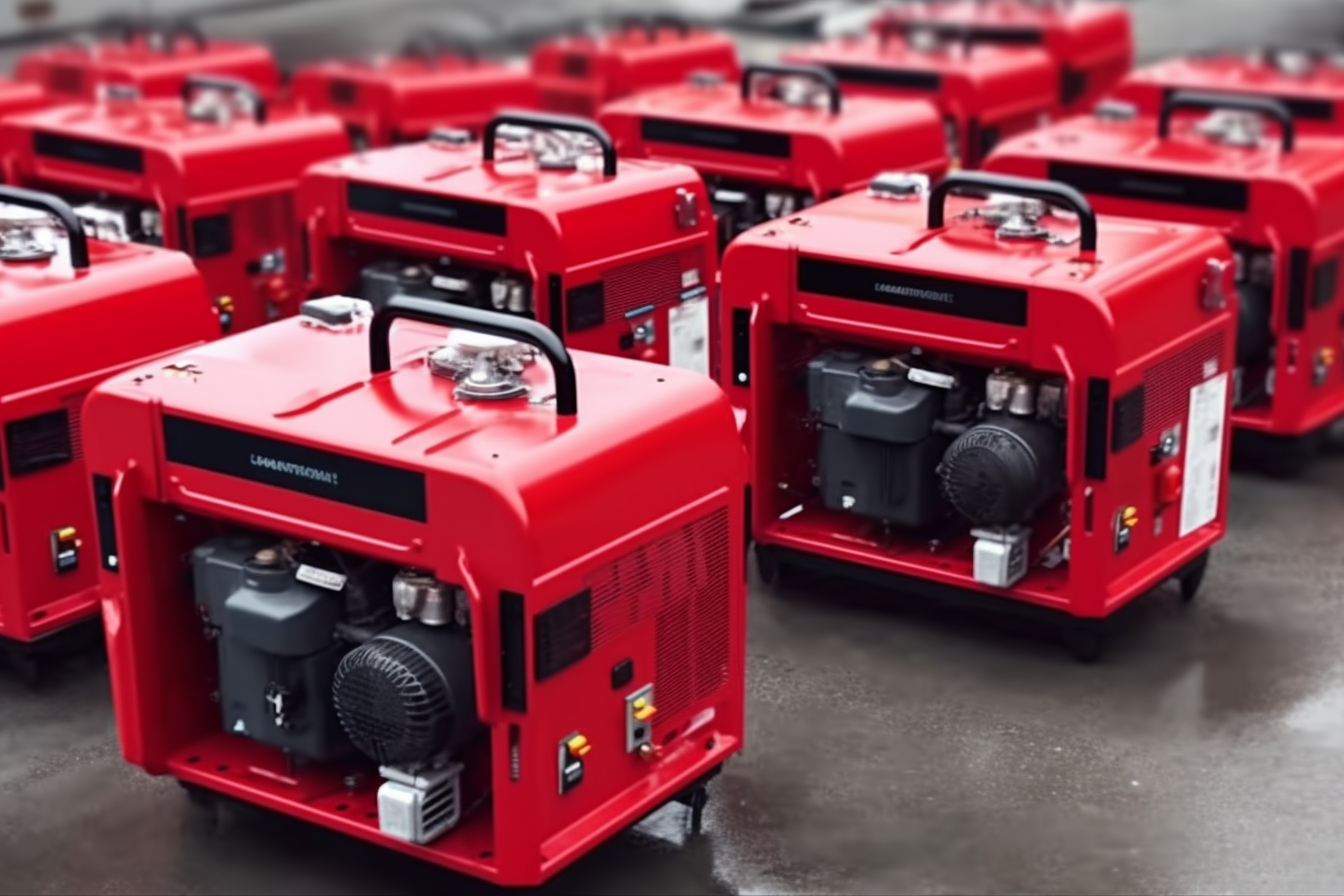Understanding Power Generators: A Comprehensive Guide to Silent Diesel Systems
Power generators serve as crucial backup systems for maintaining electrical supply during outages and in remote locations. These versatile machines range from portable units for recreational use to industrial-scale systems that power entire facilities. Understanding their features, installation requirements, and maintenance needs helps ensure reliable performance when needed most.

Silent Diesel Generators: Design and Operation Principles
Modern diesel generators incorporate advanced engineering to minimize operational noise. Sound-attenuated enclosures, vibration isolation mounts, and specialized exhaust systems work together to reduce noise levels significantly. These design elements enable generators to operate at around 65-75 decibels at 7 meters - comparable to normal conversation levels. Advanced models can achieve even lower noise outputs through additional acoustic treatments and strategic component placement.
Key Noise Control Features in Modern Generators
Noise reduction in power generators relies on multiple integrated design elements. Acoustic insulation lines the generator housing, while critical components receive specialized mounting to prevent vibration transfer. Advanced air intake and exhaust systems incorporate sound-dampening materials and baffles. These features work together to contain and dissipate operational noise without compromising performance or cooling requirements.
Power Output and Application Scenarios
Generator capacity selection depends on specific power requirements. Residential systems typically range from 7 to 20 kilowatts, supporting essential household circuits during outages. Commercial applications may require 20 to 2000 kilowatts or more, based on facility size and operational needs. Understanding load requirements, including starting watts for motors and equipment, ensures proper sizing for reliable backup power.
Installation Requirements for Residential Settings
Professional installation ensures safe, compliant generator operation. Key considerations include:
-
Proper foundation and mounting
-
Adequate ventilation and clearance
-
Fuel line installation and storage
-
Electrical connection and transfer switch setup
-
Local permit requirements and codes
-
Carbon monoxide safety measures
Generator Maintenance and Reliability Factors
Regular maintenance extends generator life and ensures reliable operation. Essential maintenance tasks include:
-
Oil and filter changes every 100-200 operating hours
-
Fuel system inspection and cleaning
-
Battery testing and maintenance
-
Cooling system service
-
Regular load testing
| Generator Type | Typical Power Range | Common Applications | Estimated Installation Cost |
|---|---|---|---|
| Residential Standby | 7-20 kW | Home backup | $4,000-$10,000 |
| Commercial Standby | 20-150 kW | Small business | $10,000-$50,000 |
| Industrial | 150-2000+ kW | Large facility | $50,000-$200,000+ |
Prices, rates, or cost estimates mentioned in this article are based on the latest available information but may change over time. Independent research is advised before making financial decisions.
Proper generator selection, installation, and maintenance ensure reliable backup power when needed. Understanding noise control features, power requirements, and maintenance needs helps users make informed decisions about generator systems while ensuring safe, compliant operation throughout the equipment’s service life.




